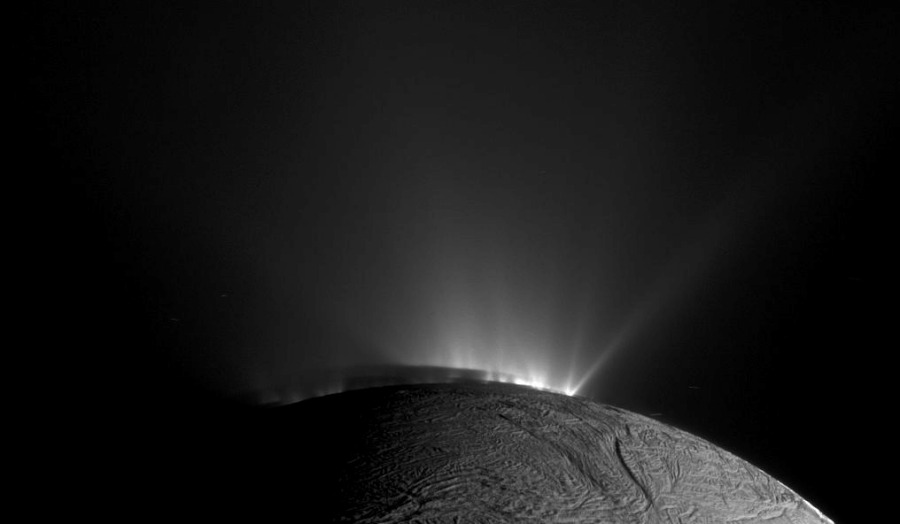Fri 15 December 2023:
NASA announced on Thursday that they have found a “life-sparking energy source” at one of Saturn’s moons.
The US space agency stressed that its Cassini mission has focused on Enceladus, Saturn’s icy moon, and discovered the existence of hydrogen cyanide, which they call “a molecule that is key to the origin of life.”
“The researchers also uncovered evidence that the ocean, which is hiding below the moon’s icy outer shell and supplies the plume, holds a powerful source of chemical energy,” NASA said on its website.
“Unidentified until now, the energy source is in the form of several organic compounds, some of which, on Earth, serve as fuel for organisms,” the agency said.
Pointing to the possibility of coming across “much more energy inside this tiny moon than previously thought,” NASA said: “The more energy available, the more likely that life might proliferate and be sustained.”
“In 2017, scientists found evidence at Enceladus of chemistry that could help sustain life, if present, in its ocean,” it recalled.
“The combination of carbon dioxide, methane, and hydrogen in the plume was suggestive of methanogenesis, a metabolic process that produces methane. Methanogenesis is widespread on Earth, and may have been critical to the origin of life on our planet,” NASA further said.
In addition to what has been figured out in 2017, NASA said that the latest discovery “uncovers evidence for additional energy chemical sources far more powerful and diverse than the making of methane: The authors found an array of organic compounds that were oxidized, indicating to scientists that there are many chemical pathways to potentially sustain life in Enceladus’ subsurface ocean.”
The agency also underlined scientists are “still a long way from answering” whether life could originate on Enceladus. However, it added, the new work lays out chemical pathways for life that could be tested in the lab.
Source: AA
______________________________________________________________
FOLLOW INDEPENDENT PRESS:
WhatsApp CHANNEL
https://whatsapp.com/channel/0029VaAtNxX8fewmiFmN7N22
![]()
TWITTER (CLICK HERE)
https://twitter.com/IpIndependent
FACEBOOK (CLICK HERE)
https://web.facebook.com/ipindependent
Think your friends would be interested? Share this story!





